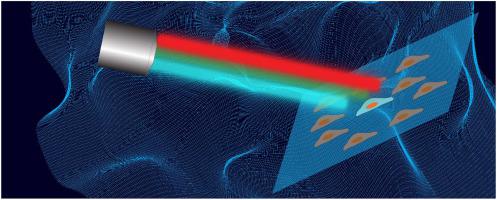Current Opinion in Pharmacology ( IF 4.0 ) Pub Date : 2022-05-21 , DOI: 10.1016/j.coph.2022.102236 Savanna Sharum Skeeters 1 , Tyler Camp 1 , Huaxun Fan 1 , Kai Zhang 2

|
A comprehensive understanding of signaling mechanisms helps interpret fundamental biological processes and restore cell behavior from pathological conditions. Signaling outcome depends not only on the activity of each signaling component but also on their dynamic interaction in time and space, which remains challenging to probe by biochemical and cell-based assays. Opsin-based optogenetics has transformed neural science research with its spatiotemporal modulation of the activity of excitable cells. Motivated by this advantage, opsin-free optogenetics extends the power of light to a larger spectrum of signaling molecules. This review summarizes commonly used opsin-free optogenetic strategies, presents a historical overview of split protein complementation, and highlights the adaptation of split protein recombination as optogenetic sensors and actuators.
中文翻译:

分裂蛋白互补在无视蛋白光遗传学中的扩大作用
对信号机制的全面了解有助于解释基本的生物过程并从病理条件下恢复细胞行为。信号传导结果不仅取决于每个信号传导成分的活性,还取决于它们在时间和空间上的动态相互作用,这对于通过生化和基于细胞的测定进行探测仍然具有挑战性。基于视蛋白的光遗传学通过其对可兴奋细胞活动的时空调节改变了神经科学研究。受这一优势的启发,无视蛋白光遗传学将光的力量扩展到更大范围的信号分子。这篇综述总结了常用的无视蛋白光遗传学策略,提供了分裂蛋白互补的历史概述,并强调了分裂蛋白重组作为光遗传学传感器和执行器的适应性。











































 京公网安备 11010802027423号
京公网安备 11010802027423号